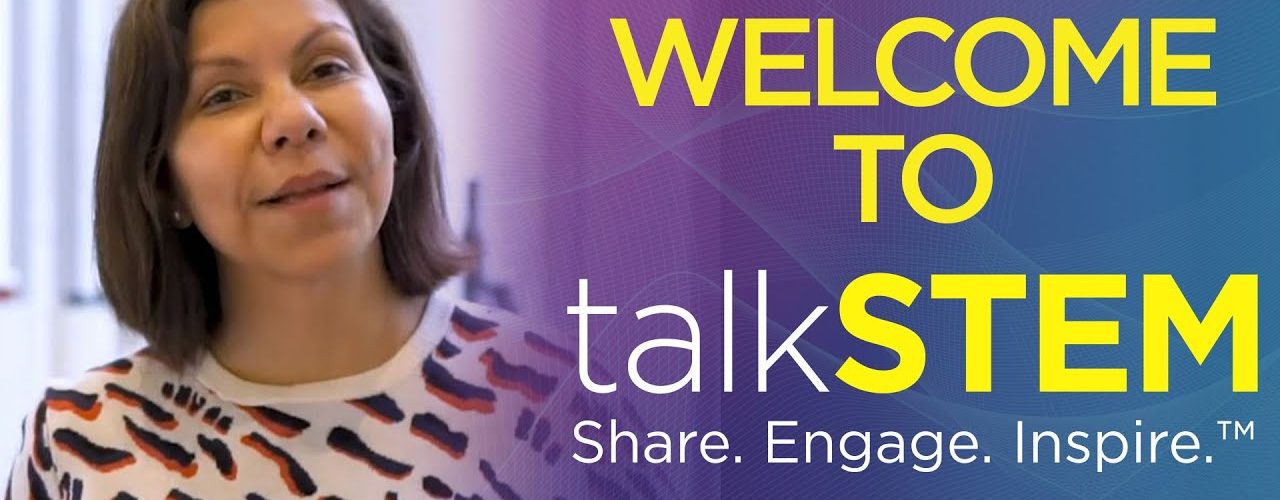Although I am an advocate for STEM and STEAM Education, I have to confess that I have zero background in coding. In fact, coding is shrouded in mystery for me. Very recently, however, I became inspired by my kids, who were working on a Scratch and Python just-for-fun project at home. My kids are not major techies and are not the type to work on projects of this sort of their own volition. They were doing this because I instituted a “Google Time” policy at my home – on the rare occasions when they weren’t doing homework or going for their sports and other after-school activities. I got this idea from Tony Wagner, when I heard him speak at a conference last year. Here’s what he says about this notion of “Google Time” in an interview:
My kids got to pick what they wanted to do – be it artistic, mechanical, or computer-oriented. My third child picked a project from the Instructables site – which fell apart after an hour or two of work. The kids know, and I reiterate frequently, that it’s not the product that they should focus on. It’s the fact that they get to spend time doing something they enjoy or are curious about. When things do work, as my son who spent many additional hours bettering his Scratch animation told me, it’s just the best feeling! Also, as you can see in the representation of Bloom’s revised taxonomy of thinking skills, creating is the most complex learning task we can do.
How wonderful that my kids are able to create something, experience the struggle and falls, and feel the associated sense of achievement at home without my needing to purchase a host of (usually messy) materials. Not that I have anything against craft projects. However, as time becomes an increasingly scarce resource – at least during the school year – I am in search of ways my kids can create and develop their autodidactic skills and develop identities as creative beings. We are fortunate that there is a host of coding platforms out there – from Python, Scratch, Tynkr, and more. I am grateful that they have been exposed to coding at school sufficiently that they can do more at home.


In the spirit of “Google Time” and building our kids and our own intrinsic motivation, I welcome the Hour of Code, a global initiative that runs Dec 7-13 and targets all individuals ages 4-104.




Girls, as well as boys, need to try out coding, if they have not already done so. Watch this video to hear from a range of women including Sheryl Sandberg, Susan Wojcicki, and Karlie Kloss.
The information on the left comes from code.org. The high degree to which women are underrepresented in computer science needs to change. As a mother, I need to be a role model to my daughter. As a human being, I need to get outside of my comfort zone and grow just a little bit. Khan Academy has a number of tutorials for the weeklong event. I think I may sit down with my kids after our turkey has been consumed, and all the family has left, and attempt to do an hour of code myself. If a 4 year old is able to do something with code, I feel like I probably could. I need to allot myself some Google Time too!












Add comment